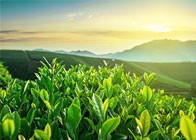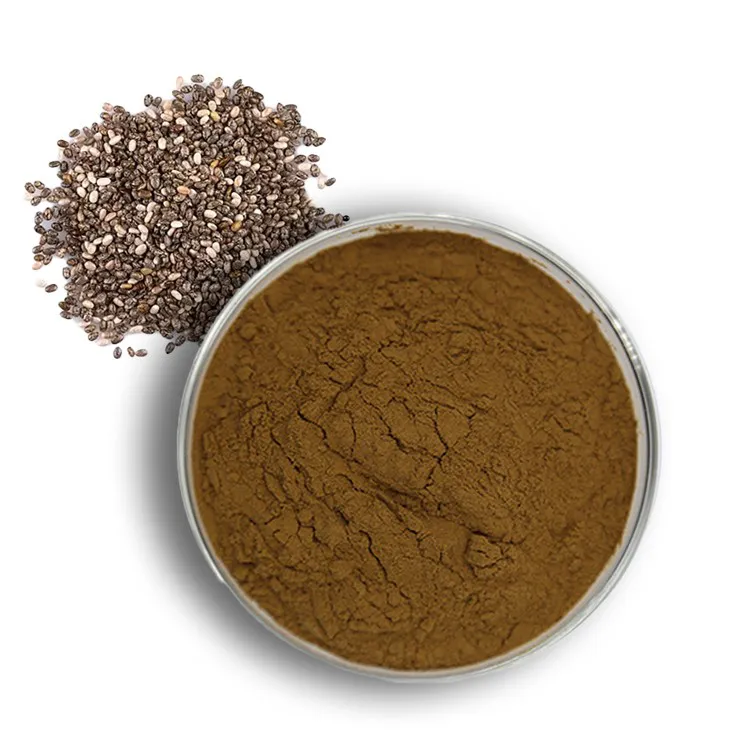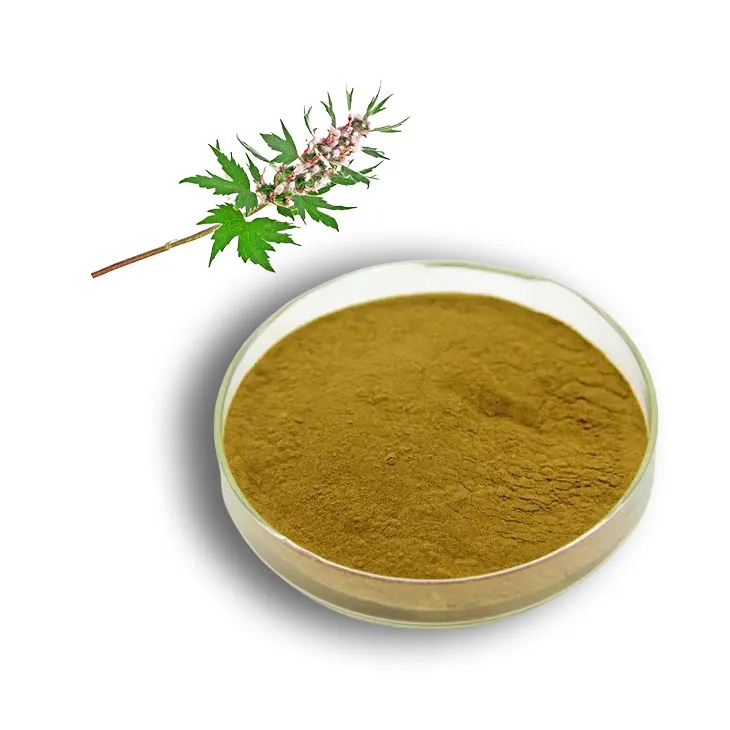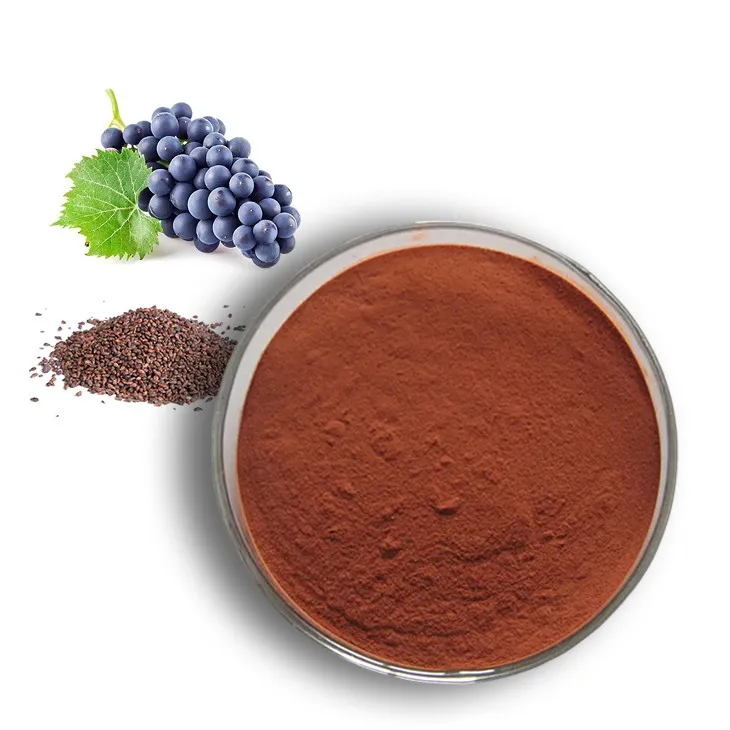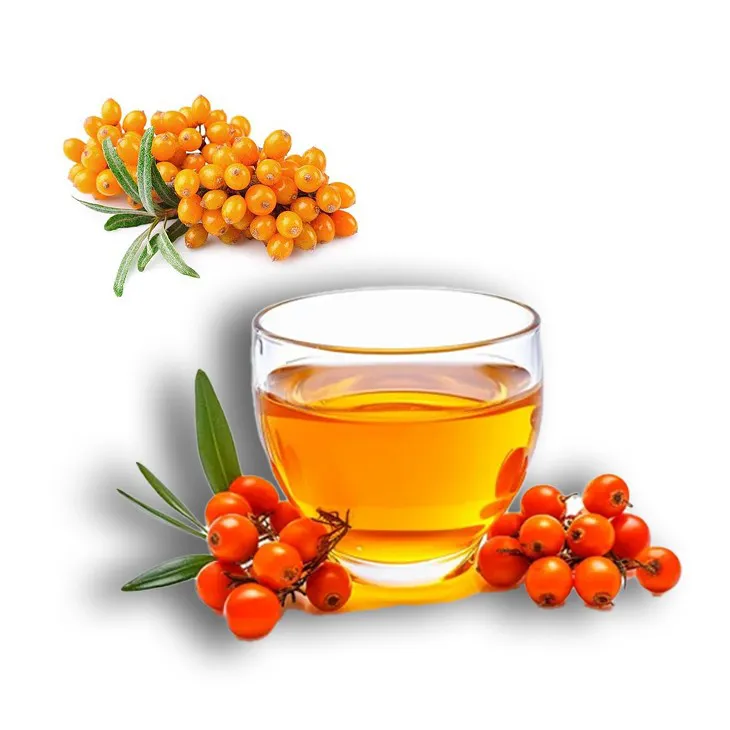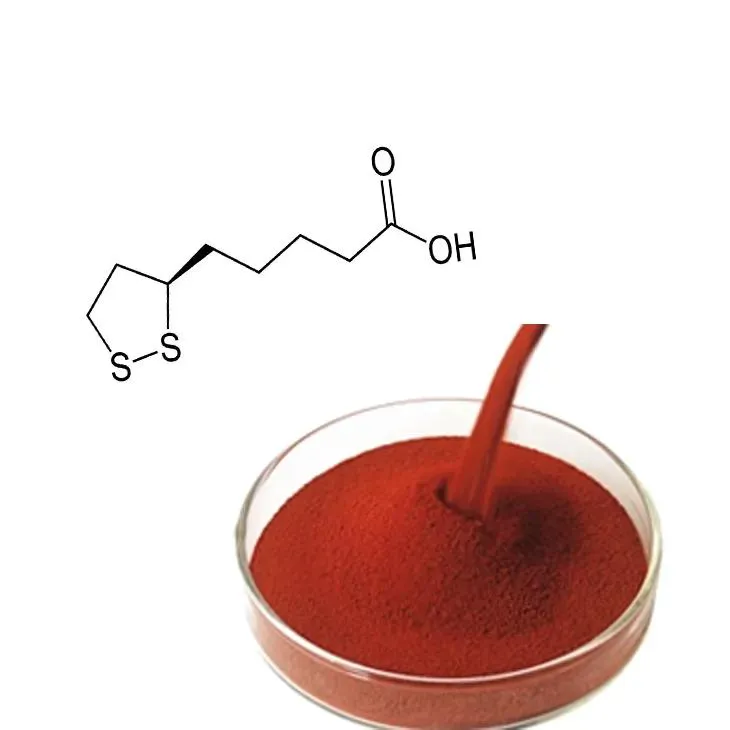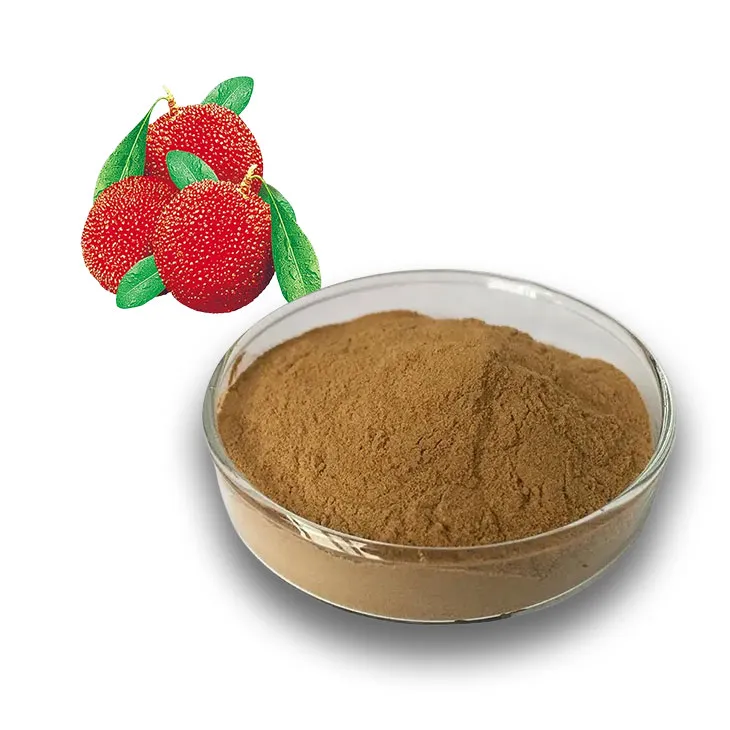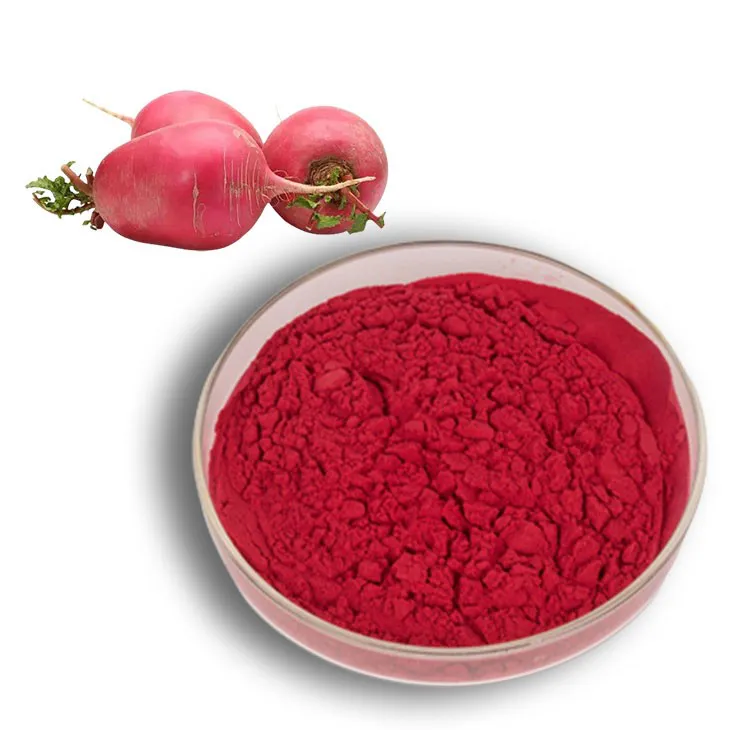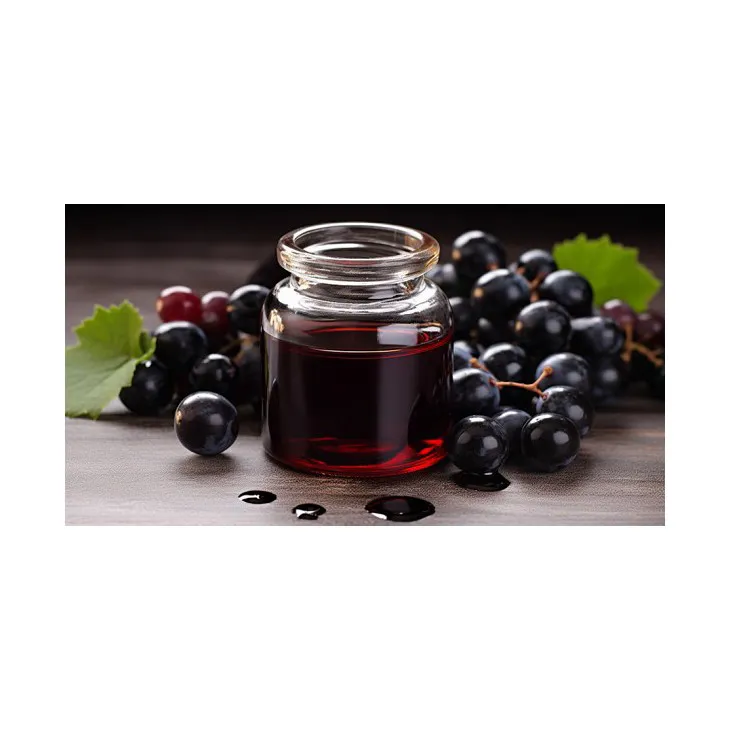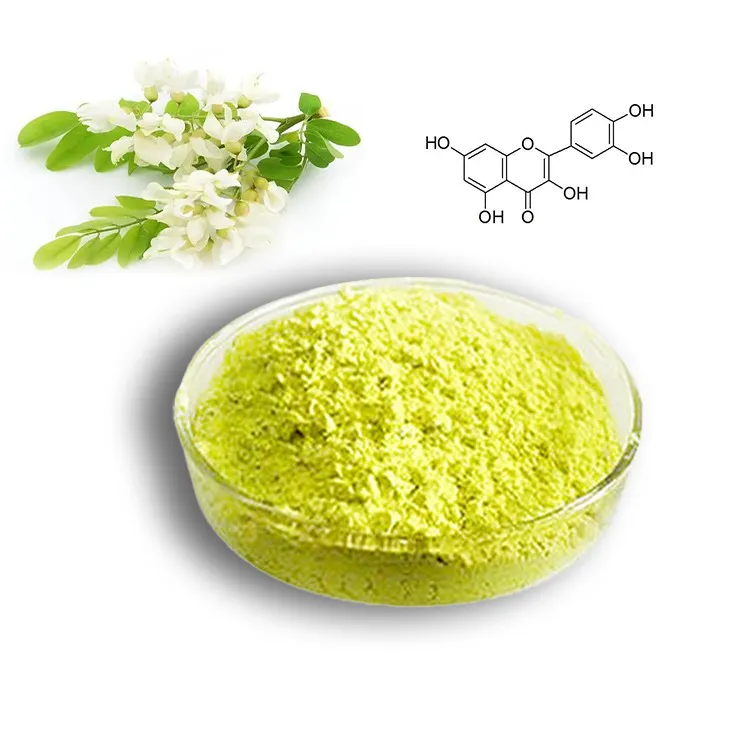- 0086-571-85302990
- sales@greenskybio.com
Chickweed: History, Nutrient profile and Therapeutic uses
2025-07-30
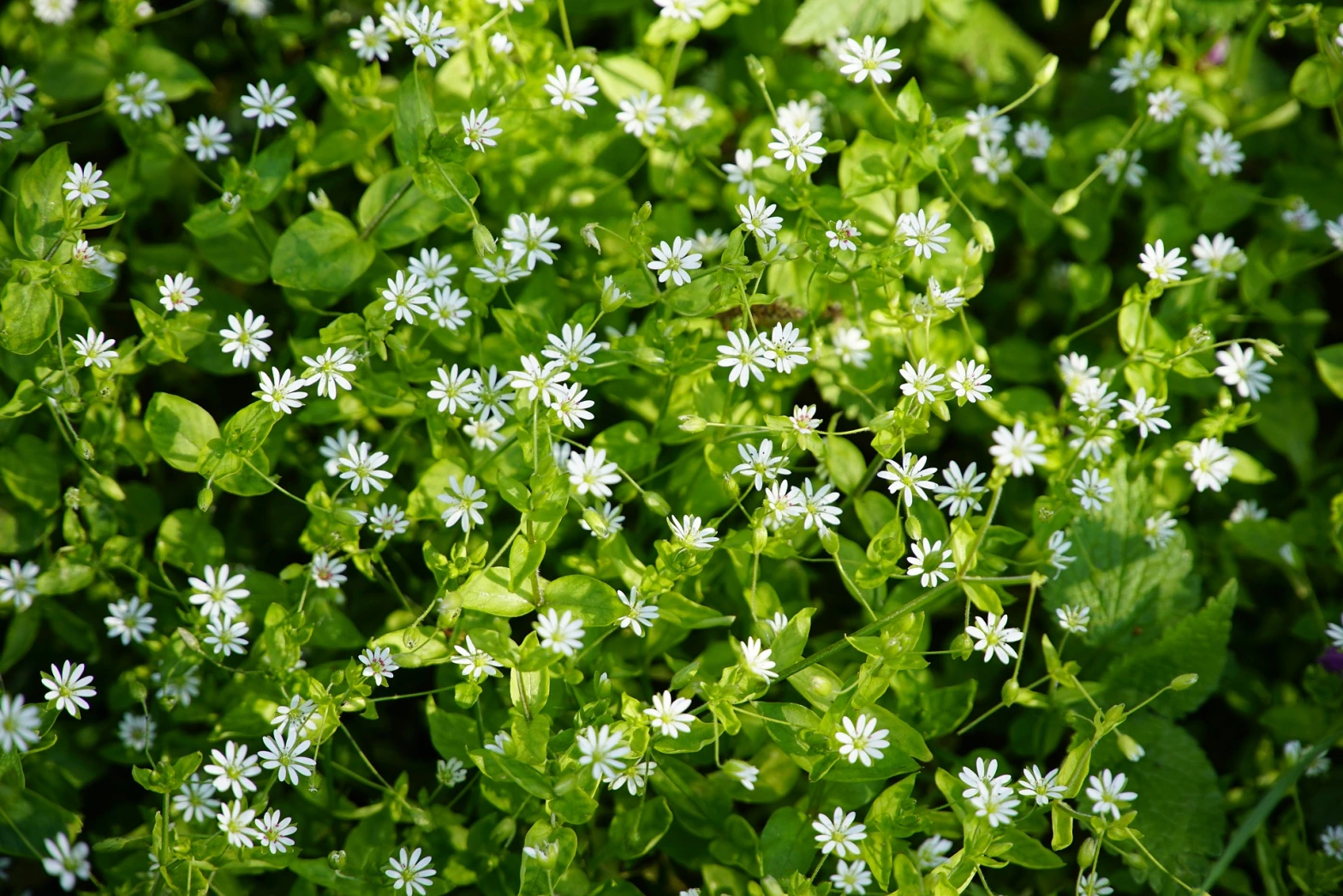
Chickweed (Stellaria media) may sprout between paving stones and flowerbeds, but nutrition scientists and herbal-medicine practitioners say the low-growing plant deserves placement alongside kale and quinoa on the modern superfood roster. Long dismissed as a weed, the Eurasian native boasts a résumé that spans centuries of Traditional European Medicine, contemporary laboratory studies and an increasingly sophisticated farm-to-table cuisine.
A storied botanical
Historical herbals from Britain and Germany praise chickweed for its “cooling and soothing” nature—terms now translated by researchers as anti-inflammatory and demulcent. The Latin genus name, Stellaria, refers to the star-shaped white blossoms once linked in folklore to love and fidelity; the common name derives from poultry keepers who noticed chickens devouring the tender leaves.
Global spread has turned the annual into a fixture of gardens, cropland margins and city sidewalks across North America, Australia and parts of Africa. Its adaptability, say botanists, is the same trait that allows near-year-round harvesting in temperate zones.
Nutrient profile
Laboratory analyses show the fresh tops pack an outsized dose of vitamin C along with vitamins A and several B-complex nutrients. Mineral assays list calcium, magnesium, potassium and iron in concentrations comparable to—or higher than—many cultivated greens.
Equally notable are secondary plant metabolites. Saponins appear to modulate immune activity and may hinder the intestinal absorption of dietary fat; flavonoids contribute antioxidant punch; and coumarins have been linked in early studies to cardiovascular support. “These compounds work in concert, giving chickweed potential that extends well beyond its vitamin content,” said Dr. Elise Grant, a phytochemistry researcher at the University of Sheffield.
Therapeutic uses
Traditional external applications persist in modern clinics of herbal medicine. Poultices and salves made from the aerial parts are used to ease eczema, minor burns and insect bites. Internally, teas or tinctures are prescribed for gastritis, irritable bowel syndrome and mild bronchitis, owing to mucilage that coats irritated tissue and expectorant properties that loosen phlegm.
Emerging research hints at a role in weight management. A 2023 in-vitro study published in Phytotherapy Research reported that chickweed saponins reduced pancreatic lipase activity, a mechanism similar to that of some prescription fat-absorption inhibitors. Human trials are still pending.
From weed to ingredient
Culinary professionals find the herb’s mild, slightly sweet flavour and crisp texture easy to incorporate. Chef-nutritionist Carla Mendes of the London restaurant Verdure uses hand-foraged bunches in a rotating menu:
• Raw in an avocado-cherry tomato salad splashed with lemon vinaigrette.
• Whirred into a pesto that substitutes chickweed for basil.
• Simmered with potatoes and leeks for a velvet-green soup.
“Guests are surprised to learn the garnish under their grilled fish is the same ‘weed’ they pull from allotments,” Mendes said.
For home cooks, the plant blends seamlessly into smoothies, stir-fries and grain bowls. Its delicate stems and flowers require little prep beyond a quick rinse; older, stringier growth is best sautéed.
Practical considerations
Because wild harvesting is simple, chickweed often costs little more than the labor to collect it, though buyers at farmers’ markets can now expect £2–£3 per 50-gram punnet. Foragers are advised to avoid roadsides treated with herbicides or exposed to pet waste.
Allergic reactions are rare, but the British Herbal Medicine Association recommends starting with modest portions and consulting a practitioner before using concentrated extracts during pregnancy or alongside anticoagulant therapy.
A new spot in the pantry
From folklore charm to functional food, chickweed’s renaissance reflects a broader consumer appetite for nutrient-dense, minimally processed plants. “We’re rediscovering what previous generations already knew,” said Dr. Grant. “Sometimes the most powerful foods are growing right under our feet.”
- ▶ Hesperidin
- ▶ Citrus Bioflavonoids
- ▶ Plant Extract
- ▶ lycopene
- ▶ Diosmin
- ▶ Grape seed extract
- ▶ Sea buckthorn Juice Powder
- ▶ Fruit Juice Powder
- ▶ Hops Extract
- ▶ Artichoke Extract
- ▶ Mushroom extract
- ▶ Astaxanthin
- ▶ Green Tea Extract
- ▶ Curcumin
- ▶ Horse Chestnut Extract
- ▶ Other Product
- ▶ Boswellia Serrata Extract
- ▶ Resveratrol
- ▶ Marigold Extract
- ▶ Grape Leaf Extract
- ▶ New Product
- ▶ Aminolevulinic acid
- ▶ Cranberry Extract
- ▶ Red Yeast Rice
- ▶ Red Wine Extract
-
Chia Seed Powder
2025-07-30
-
Motherwort Extract
2025-07-30
-
Bitter Melon Extract
2025-07-30
-
Natural grape seed extract
2025-07-30
-
Sea buckthorn oil
2025-07-30
-
Astaxanthin
2025-07-30
-
Bayberry Extract
2025-07-30
-
Beetroot Powder
2025-07-30
-
Red Wine Extract
2025-07-30
-
Quercetin
2025-07-30

